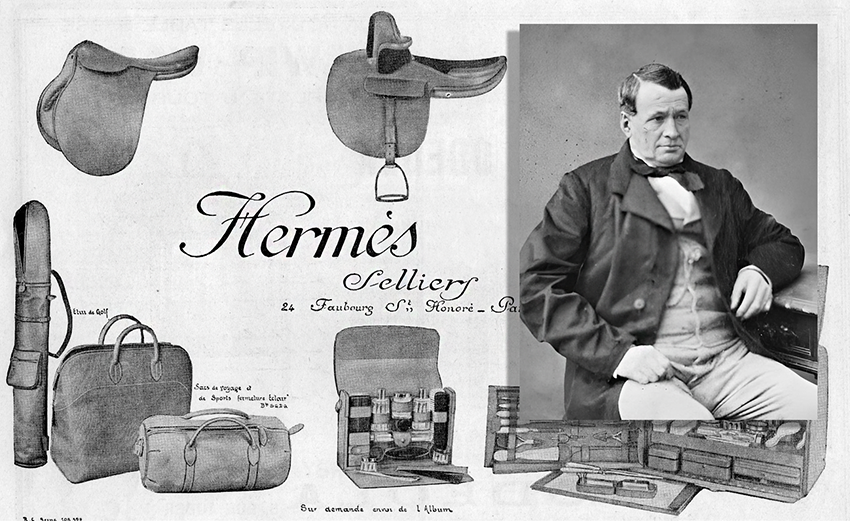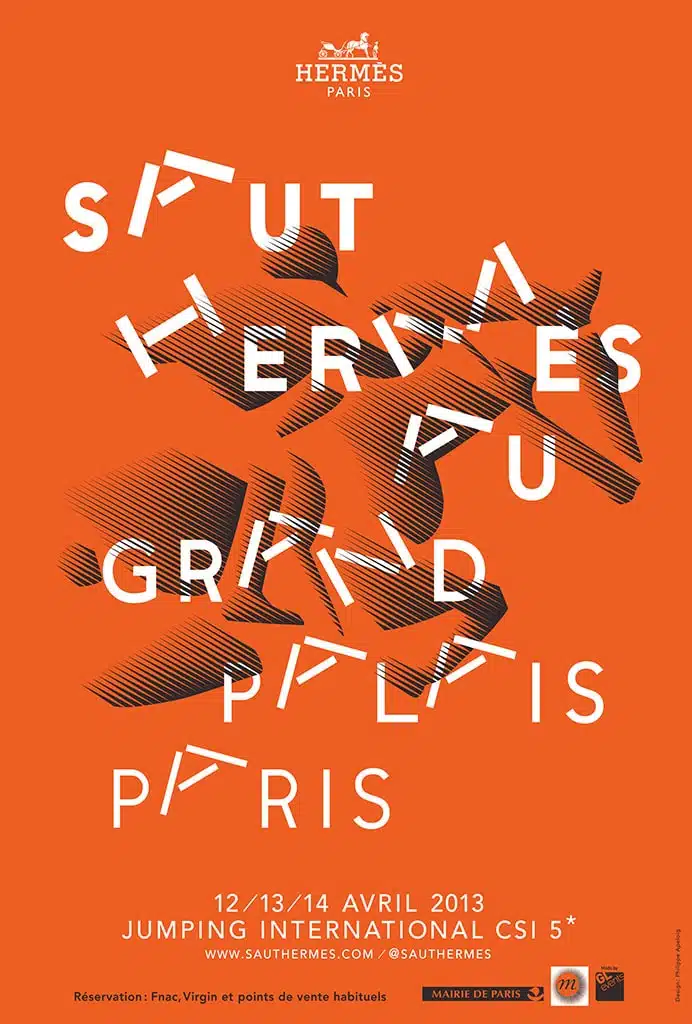Hermès owes its longevity and ongoing success to a unique combination of factors rooted in tradition, innovation, and rigorous heritage management:
1. Family heritage and stable governance
-
Family ownership
Since its founding in 1837, Hermès has remained mostly controlled by the descendants of Thierry Hermès. This family governance ensures a long-term vision, protected from the quarterly performance pressures faced by traditional publicly traded groups. -
Heritage orientation
Leaders prioritize the brand's sustainability and quality over growth at any cost. Strategic decisions — new product lines, store openings, investments — are carefully considered and gradual.
2. Craftsmanship excellence and expertise

-
Preservation of traditions
Each Birkin, Kelly or Constance bag is handmade by a single artisan, following the principle of “one artisan, one bag.” The workshops (France, Italy) pass down hundreds of steps of know-how, ensuring an unmatched level of finish. -
Training and preservation of crafts
Hermès invests in internal schools and partnerships (École des Métiers d’Art, compagnonnage) to train new generations of artisans, guarantors of its identity and quality.
3. Scarcity and exclusivity strategy

-
Limited offer
Rather than maximizing volumes, Hermès artificially regulates the availability of its flagship models (Birkin, Kelly) to maintain desire and prestige. -
Queue and selective distribution
The difficulty in obtaining a Hermès bag enhances its aura: waiting lists, boutiques with a hushed atmosphere, and a tightly controlled network.
4. Controlled diversification

-
Reasoned range extension
Hermès has managed to break free from the handbag by developing saddlery, small leather goods, silk (scarves), perfumery, watchmaking, interior decoration, without ever diluting its DNA. -
Product synergies
Each line reinforces the overall image of discreet and artisanal luxury; color codes, patterns, and materials correspond from one collection to another.
5. Vertical integration and quality control

-
Raw materials
Hermès purchases and monitors the quality of its leathers, silks, and precious metals, negotiating directly with tanneries and suppliers. -
Integrated workshops
By keeping the majority of its production in-house, the house remains in control of quality, deadlines, and innovations.
6. Innovation and measured adaptation

-
Product innovation
Without abandoning its classics, Hermès innovates with new leathers (Swift, Mini Togo), new shapes (Lindy, Evelyne). -
Cautious digitalization
The house long prioritized the boutique experience before deploying a very high-quality e-commerce strategy without sacrificing exclusivity.
7. Brand image and storytelling

-
Discreet communication
Hermès avoids advertising escalation. Its campaigns focus on craftsmanship, authenticity, and the poetry of handmade. -
Heritage storytelling
Exhibitions, monographs, artist posters, and the promotion of crafts strengthen customers' emotional attachment.
8. Financial resilience and crisis management
-
Outstanding solvency
With low debt, solid working capital, and high margins, Hermès weathers economic crises better than most competitors. -
Diversified markets
Present in Europe, America, and Asia, the house benefits from a geographic balance that limits local shocks.
Conclusion
Hermès has thrived for nearly two centuries thanks to the rare combination of a visionary family heritage, uncompromising artisanal expertise, a carefully orchestrated scarcity strategy, and controlled diversification. By placing quality and sustainability at the heart of its project, the house has forged a timeless aura and resisted the fluctuations of the global luxury market.





